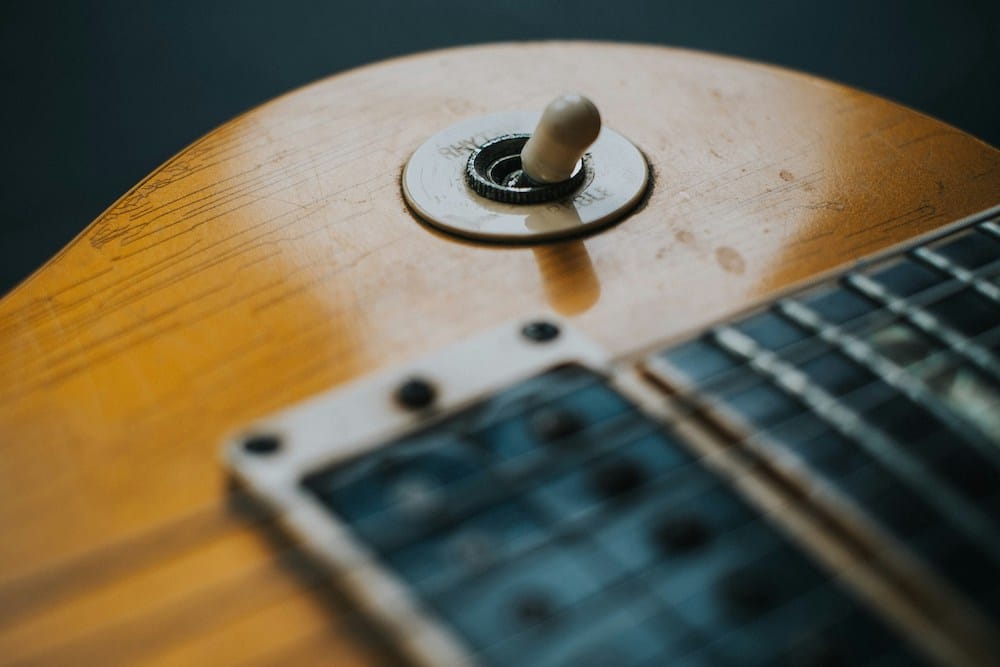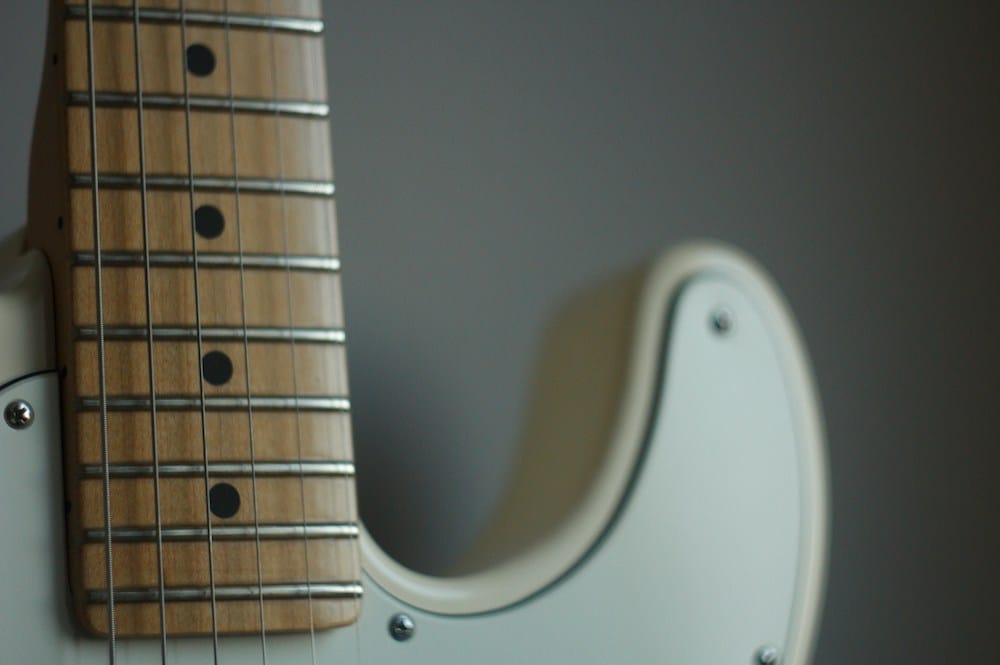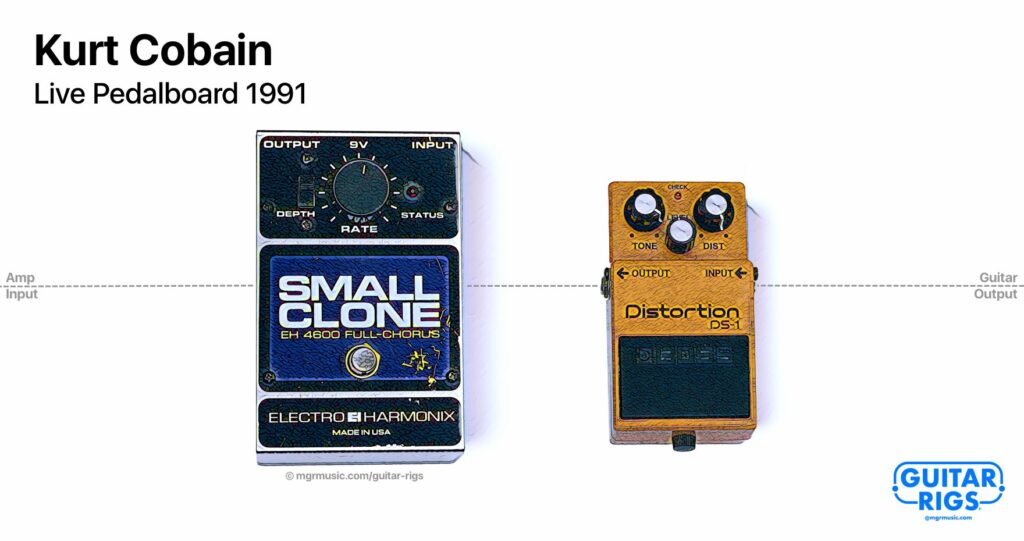
Jimmy Page Guitar Rig 1969
Jimmy Page is the guitar player from Led Zeppelin. For over 50 years his guitar riffs and licks have been inspiring countless generations of guitar players, and he will continue to do so for many years to come.
His rig has changed a lot over the years but in this rundown we are going to focus on 1969. This year in particular was a very important year for Led Zepplin. It saw the release of 2 major studio albums, Led Zeppelin I and II. Technically, the first album was recorded at the tail end of 1968, but because it was released in January 1969, we will include it on this tonal journey.
Even though both albums were released within 12 months of each other, the rig and tones Page uses across both records is very different. Much of Page’s rig is still somewhat of a secret. There are many things that are said to have changed over the years so in this article we will cover the things that are most closely associated with the Page tone from 1969.
Pedals
- Sola Sound Tone Bender MkII
- Vox Grey Wah/Vox King Wah
- Maestro Echoplex EP-2
Sola Sound Tone Bender MkII
Over the years Page was known to use a range of Tone Bender style pedals but he is closely associated with the MkII. It is said that Roger Mayer modified the pedal for Page to give it more midrange and more output. It was often used to push amps to breaking point when he needed additional volume and gain. It is believed that this pedal was first put into his rig during his Yardbirds tenure and stayed there until 1971.
Vox Grey Wah/Vox King Wah
Jimmy Page was something of a wah collector. He used a Vox wah almost exclusively in the early days of the band and this too was said to have been modified by Roger Mayer to suit Page’s needs. It is debated that Page most likely used the Grey Wah from Vox up until 1970 before swapping it for a King Wah. However, there is no definitive answer over which one he was using in 1969.
Maestro Echoplex EP-2
Page had two main uses for the Echoplex in Led Zeppelin. The first was as it’s intended use, an echo unit. This was engaged during his violin bow sections in Whole Lotta Love and he also ran it as a slapback style delay to thicken doubled guitar parts in the studio. The other main use was the pre-amp of the EP-2. It was used to push the front end of amps into natural overdrive by boosting the signal.
Guitars
Over the years, Page has remained faithful to a select few key guitars at various stages of the bands career. Most popular images of Jimmy Page involve a Gibson EDS-1275 Twin Neck guitar, however this didn’t make an appearance in Page’s collection until the early 1970s. At the tail end of the 60’s he was mostly seen using Telecasters and Les Pauls.
- 1963 Gibson J-200
- 1950’s Fender “Dragon” Telecaster
- 1959 Gibson Les Paul Standard
1963 Gibson J-200
All the acoustic guitar parts on the first Led Zeppelin album were recorded with a Gibson J-200 acoustic guitar. Page did own a J-200 at some point in his career and has been seen using it for live performances, but the particular J-200 that features on tracks like Babe I’m Gonna Leave you and Your Time is Gonna Come, didn’t even belong to the band. The J-200 in question belonged to session guitar legend Big Jim Sullivan. Page was a friend of Sullivan’s from their days doing sessions together. When he needed use of an acoustic guitar, he asked Sullivan if he could loan this to take into the studio.
1950’s Fender “Dragon” Telecaster
The first Led Zeppelin album was recorded with a 1950’s Telecaster known as the “Dragon” guitar due to it’s bright, psychadelic hand painted dragon artwork. This guitar was originally owned by Jeff Beck who gifted it to Page in 1966 after Page put Beck forward to be his replacement in The Yardbirds. The exact year of this guitar is unknown, though it’s believed to be a 1958/59. In 59 Fender started adding Roseboard boards to Telecasters, however, there are some late 58’s with Rosewood boards as they started to make the transition.
The guitar was originally white when Page acquired it. In 1967 he covered it in mirrors, before eventually stripping it and painting the dragon design we now associate with this guitar. He retired this guitar from live use in 1969. The guitar was used on future studio albums and is said to be the Telecaster used for the famous Stairway to Heaven solo.
1959 Gibson Les Paul Standard
Possibly the guitar most linked to Page is the Gibson Les Paul. In April 1969 he acquired a 1959 Gibson Les Paul from Joe Walsh of The James Gang/The Eagles while on tour. Once Page found this Les Paul, it became known as “#1”. He purchased another 1959 Les Paul shortly after that became “#2”. This guitar had a few modifications made to it, such as the fat ’59 neck being shaved down to a slimmer profile and the electronics being overhaled.
Page re-wired the guitar to have push-pull pots to allow for pickups to be switched in and out of phase to emulate the sound of Fleetwood Mac’s Peter Green.
Amplifiers and Cabinets
- Supro Coronado 1642T
- Marshall Super Lead
Supro Coronado 1642T
The Supro amp used by Page in the early stages of the bands career is a hot topic. Page does not remember the exact model and there are many debates over if it was infact a Coronado or a Thunderbolt. The Thunderbolt came stock with a 15″ speaker and the Coronado was laoded with 2 10″ speakers. Page has stated in the past he swapped out whatever was in there for a single 12″ speaker because he preferred the sound. It is most likely that the amp in question is a Coronado. It has seen numerous modifications such as having a Tremolo circuit added.
Marshall Super Lead
From March 1969, Page’s live amp of choice was the Marshall Super Lead. This 100w head was used to drive his 4×12 speaker cabinets. There is a rumour that the first one Page owned was previously owned by Jimi Hendrix, though this has never been confirmed by Page. He has confirmed this amp was used to record the guitar parts on Led Zeppelin II for the tracks Heartbreaker and Bring it on Home, but he refuses to say if it was used for any other tracks.
Sources:





